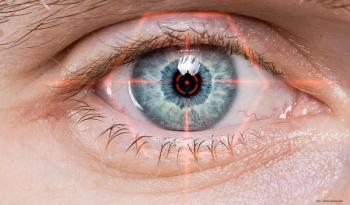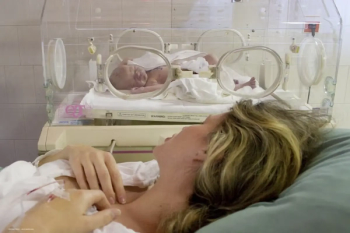
Wavefront abberations come in good, bad and ugly varieties
While smooth wavefronts are to be preferred, some abberations may be beneficial and further study is need to identify them, said Jos Rozema, MD, of University Hospital Antwerp, Belgium.
While smooth wavefronts are to be preferred, some abberations may be beneficial and further study is need to identify them, said Jos Rozema, MD, of University Hospital Antwerp, Belgium.
Characterising wavefront varieties as the good, the bad and the 'downright' ugly, Dr Rozema noted that some higher order aberrations (HOAs) may improve vision. Studies by Schalhorn and McLellan in 2000 and 2002, respectively, revealed that US Navy pilots who require excellent vision often demonstrate HOAs, for example trefoil and Polychromiatic MTF (modulation transfer function) is usually better in mildly aberrated eyes.
Furthermore, eyes that are too corrected can suffer from reduced depth of focus, postoperative floaters and chromatic distortions after intraocular lens (IOL) implantation. "A good wavefront features regular myopia or hyperopia, or regular astigmatism, while emmetropia with minor HOAs is the ideal," said Dr Rozema. "There is an absence of lower order aberrations."
"Bad wavefronts contain a large amount of any aberration geometry and demonstrate steep wavefront slopes, making them difficult to correct by means of spectacles or contact lenses," he said.
Ugly wavefronts contain large amounts of 'micro aberrations' which are below the spatial resolution of aberrometers, and rough wavefronts are impossible to correct by conventional means. "This is usually an unintended surgical result," said Dr Rozema.
Ugly wavefronts are particularly challenging. Dr. Rozema referred one 29 year-old female patient who will need a corneal transplant to repair the damage caused by four LASIK procedures and an Intacts implantation.
Dr Rozema concluded that futher study is required to establish benchmarks identifying abberations and their impact on the quality of vision.
Ophthalmology Times Europe reporting from the XXIV Congress of the ESCRS, London, 9-13 September, 2006.
Newsletter
Get the essential updates shaping the future of pharma manufacturing and compliance—subscribe today to Pharmaceutical Technology and never miss a breakthrough.













































